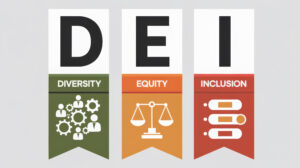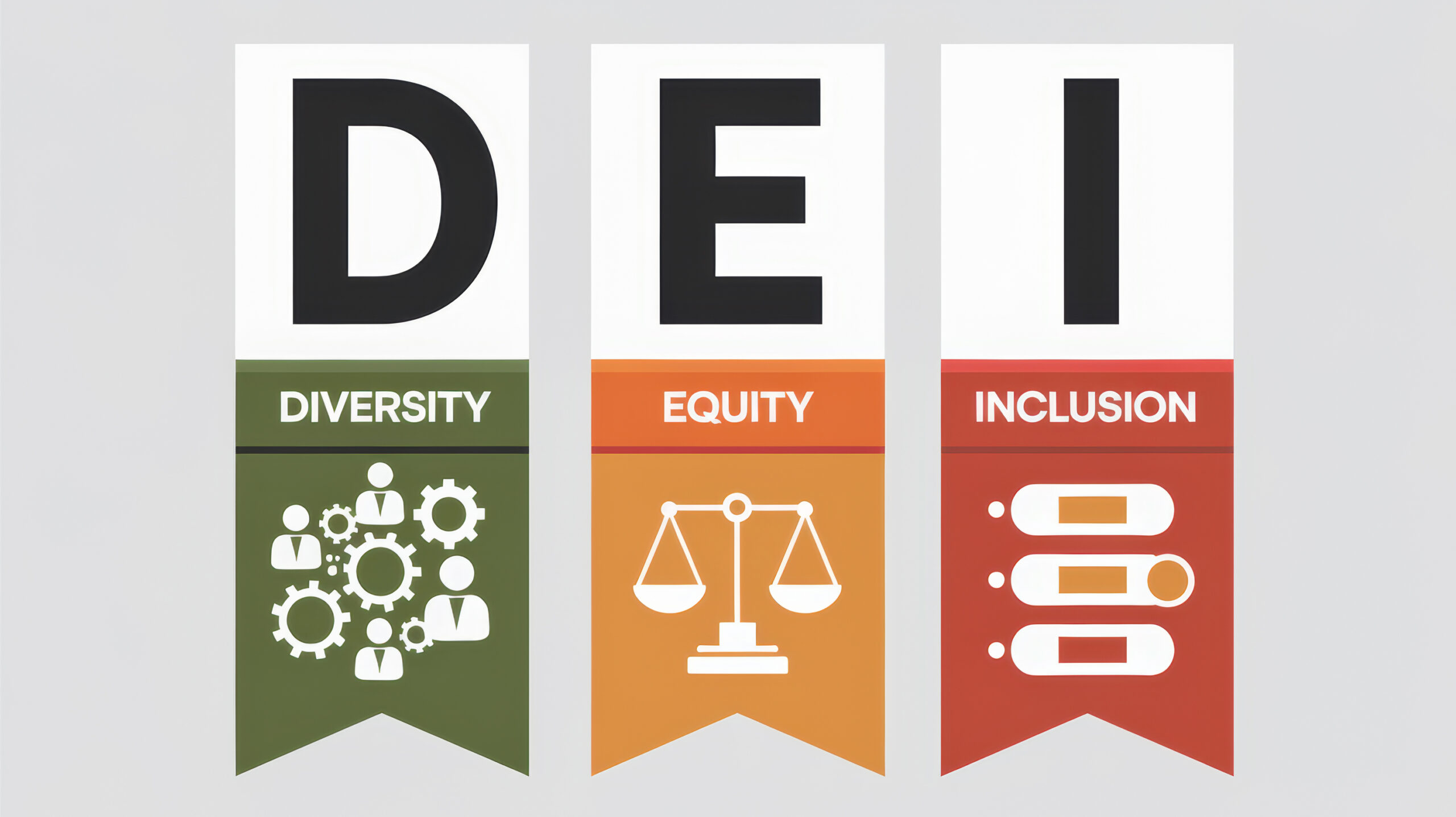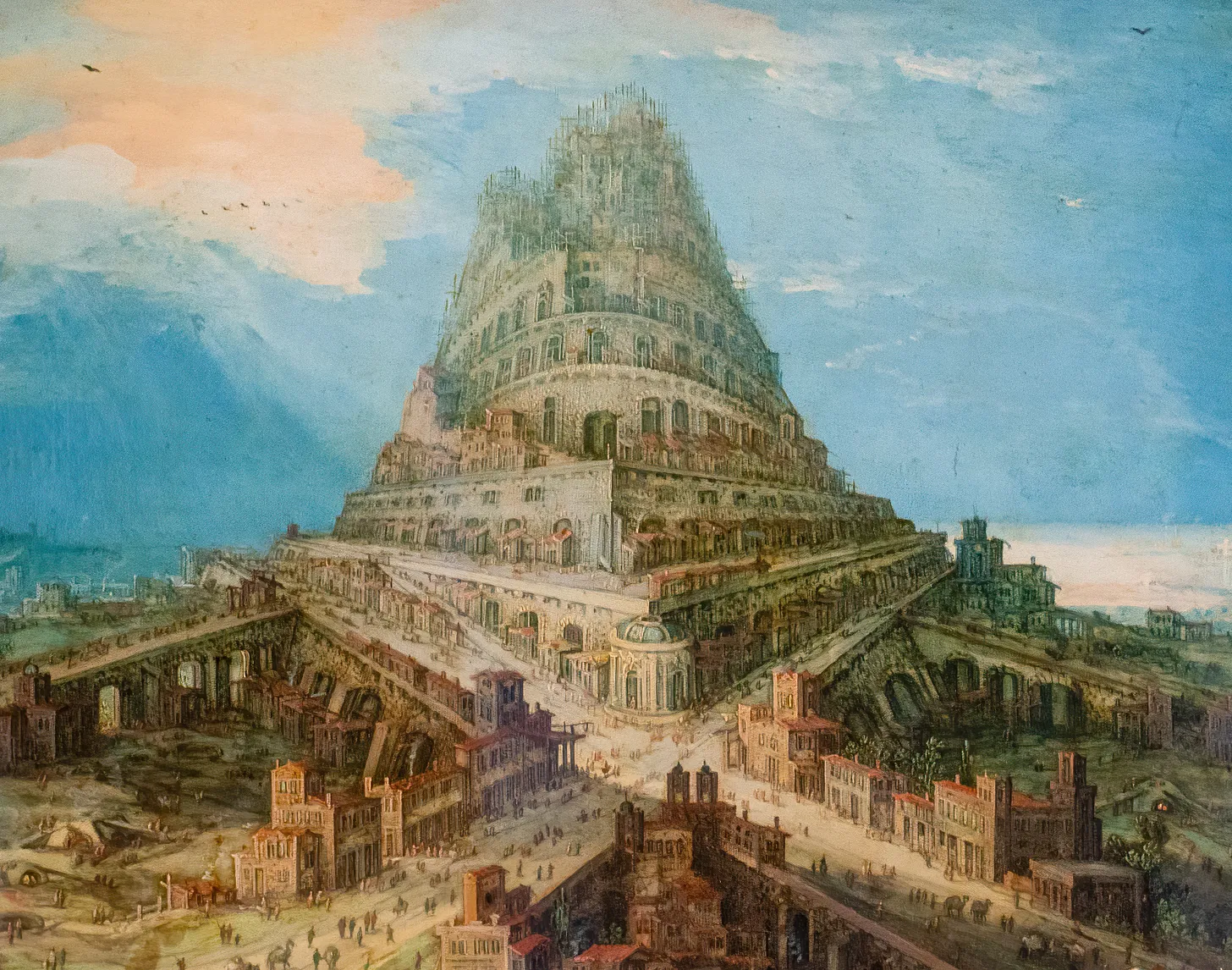“What is man?” “How did he come to be?” “Is there a purpose to his existence?” These are questions that have perplexed humanity for as long as we have existed on this earth.
Throughout time, there have been a lot of assumptions made and many conclusions drawn about what man is, how we got here and why our species exists.
Religions of the world have formulated and disseminated numerous ideas about what man is, when humanity began and why humans exist.
Science has created intricate theories that attribute the origin of man to evolving from primordial ooze to successive life forms to our state today.
Kingdoms and nations and governments throughout time have controlled their populations by imposing ideas on man’s nature, origin and purpose.
Other theories assign man’s existence to extraterrestrial beings that visited many millennia ago, or that we are descended from gods, or even that we are the offspring of lesser beings.
One thing is for sure: the value of human life seems to be lessening as time passes in our world and especially in the Western cultures in which we live.
The lack of understanding about the fundamental questions of what man is, where he came from and why, are at the root of such depravity in this world that has not been seen for some time, if ever before.
Human life has been devalued, and there are too many in our world who are determined to prevent human conception, prevent human birth, and prevent our kind from ever reaching its full potential.
There have been many societies in many periods of history where human life became of so little value that ways and means were created to exterminate the unwanted, the unhealthy, the unattractive, the undesirable, the unproductive, and the uncooperative. But such thought and practice has most often been isolated to a single nation or kingdom or empire in a certain time.
In this time, however, an anti-human conspiracy is more pervasive and is accepted by far more than those who reject it. The adoption of “life prevention” practices seems to be more extant than at any time in history.
Consider that there are several practices in our modern world that would bring one to believe that there is a movement afoot to diminish humanity.
Conception Prevention
The first is conception prevention, which has become normalized in the West starting about 60 years ago. In my lifetime this practice has progressed with certain ideas, attitudes and actions:
- the so-called “sexual revolution” with its widespread promiscuity, often associated with protest and fuelled with substance use and abuse became popularized in the 1960’s.
- institutions of higher learning were filled with teachings of alternate lifestyles that were embraced and practiced by intellectuals and then passed on to young minds.
- then came the evolution of the LGBTQ2S+ movement that is highly activist in our societies today and aggressively recruits youth down to grade-school level.
- and now we see the promotion of gender transition from that assigned by birth, to pubertal blockers, to mutilation of identifying body parts; the net result is sterilization.
Why put these four events together? Very simply, they are ideas, attitudes and actions that prevent procreation within humanity.
Birth Prevention
If conception does occur, the widespread practice of abortion prevents birth. The World Health Organization estimates that there are 73 million induced abortions worldwide each year – almost 1/3 of all pregnancies are not allowed to reach full term due to induced abortions.
In the United States, since women were given the right to legal abortion – from January, 1973 – up until when Roe vs. Wade was overturned in June, 2022 (48 ½ years later) – 63.6 million babies had been aborted.
Once Roe v. Wade was overturned, there was a lot of arguing between “pro-choice” and “pro-life” advocates – and there were threats made against the Supreme Court of the United States (SCOTUS), which essentially returned power to individual states to decide whether they would allow abortion, at what stage of pregnancy, and under what circumstance. The ruling did not, however, abolish the practice in the United States.
Much was made of certain extreme circumstances to justify the pro-choice stance:
- What about victims of rape or incest? Such circumstances comprise less than 1% of abortions in the U.S. (1/2 of 1% in Canada).
- What about the mother’s or fetus’ health? Less than 7% of all abortions are for such reasons in the U.S. (5% in Canada).
Over 90% of all abortions in our two Western countries involve decisions made for reasons based on personal finances, timing of pregnancy, relationship of the parents, family size, and convenience.
The “Jane Roe” (Norma McCorvey) vs. ”Henry Wade” (the Dallas County District Attorney) case in the United States was and is so high-profile that even Canadian politicians and women’s rights groups weighed-in on the overturning of the ruling by SCOTUS.
In “The Atlantic” magazine (September 9, 2021), Joshua Prager interviewed the mother in the case as well as the daughter, who, it turns out, was not aborted, but is alive today (the case was first introduced to lower U.S. Courts in 1970 and abortion only became legal with the SCOTUS ruling in 1973).
In Canada, there are about 100,000 induced abortions per year. 1 baby is aborted for every 4 that are born in this country. Almost 1/3 of Canadian women over the age of 45 are “post-abortive.”
Let’s remove the politics and emotion from abortion and briefly discuss one issue that seems to make all the difference in this matter – the time when human life begins…this is important, because many who call themselves “pro-choice” dispute when this happens.
The American College of Pediatricians – a group of doctors who would know when human life begins published an abstract in March, 2017 that begins this way:
“The predominance of human biological research confirms that human life begins at conception—fertilization. At fertilization, the human being emerges as a whole, genetically distinct, individuated zygotic living human organism, a member of the species Homo sapiens, needing only the proper environment in order to grow and develop.”
The publication ends with these statements:
“The American College of Pediatricians concurs with the body of scientific evidence that corroborates that a unique human life starts when the sperm and egg bind to each other in a process of fusion of their respective membranes and a single hybrid cell called a zygote, or one-cell embryo, is created.
“As physicians dedicated both to scientific truth and to the Hippocratic tradition, the College values all human lives equally from the moment of conception (fertilization) until natural death.
“Consistent with its mission to “enable all children to reach their optimal physical and emotional health and well-being,” the College, therefore, opposes active measures that would prematurely end the life of any child at any stage of development from conception to natural death.”
Current reasoning supporting abortion certainly does not honour the College’s definition of “scientific truth” in this matter, nor does it regard the Hippocratic tradition, and certainly it does not enable children to reach their optimal physical and emotional health.
Potential Prevention
Over the past two to three decades, for a human being to be born into this world, especially in our Western cultures, there is still so much to prevent a normal lifecycle. Too many “Gen Z” appear to have lost hope and want to give up living.
[Note: some define Gen Z as those born between 1997 to 2012, and “Gen Alpha” came to be in the 2010s]
Ewan Morrison in his article, “Have We Overburdened Gen Z With Fears of the Future?” that appeared in Psychology Today on December 14, 2022, made these observations:
· Gen Z are reporting much higher levels of depression than previous generations – nearly half suffer from depression requiring clinical treatment. Some are treated with psychology; some by psychiatry (often with meds); [my comment: too many are self-medicating with alcohol and non-prescribed drugs].
· Their lives have been saturated with apocalypse themed films, books, games, TV and songs made by their elders. They are overcome with the belief that there is no future for this world and for them in it.
· They have been made to believe climate change will end the world; their jobs will be replaced by robots and AI; that over-population is killing the planet – and therefore having children is wrong.
· They have resorted to compulsive use of smartphones, social media and pornography (which warps attitudes toward dating and marriage – especially among boys) – this was exacerbated by two plus years of isolation in pandemic.
· Half of Gen Z teens have said the pandemic affected their outlook on the future: when asked, they agreed that “it has made their futures seem downright impossible.”
VeryWellMind.com reports that most in Gen Z are experiencing general feelings of hopelessness and admit to the following:
a. feeling tired or having little energy;
b. oversleeping or under-sleeping;
c. feeling down or depressed;
d. overeating or undereating;
e. poor self-image;
f. lack of motivation for anything;
g. trouble concentrating;
h. moving and speaking slowly or being fidgety and restless;
i. having thoughts of self-harm.
Youth suicide is on the rise in the West, especially after COVID caused the above symptomology to worsen. Gen Z’s (up to 27 years old today) are finding life increasingly difficult to cope with and far too many are opting to end their lives.
And bad enough that our youth are making this terrible decision on their own, Canada’s Bill C-7, first enacted in 2016, is proposed to expand the criteria for M.A.i.D. (Medical Assistance in Dying).
[quoting from https://www.canada.ca/en/health-canada/services/medical-assistance-dying/annual-report-2020.html]
“This means that younger people without terminal diseases qualified…mental illness can be considered as the sole underlying justification for euthanasia programs.”
[Note: the criterion of mental illness as justification for euthanasia has been deferred to be enacted at a later date two years running – not yet in effect]
From Common Sense Media: “Dr. Dawn Davies, a palliative care physician who supported MAID when it was first conceived, said she had ‘tons of worries’ about where this might lead.
“She could imagine kids with personality disorders or other mental health issues saying they wanted to die. ‘Some of them will mean it, some of them won’t,’ she said. ‘And we won’t necessarily be able to discern who is who.”
Marie-Claude Landry, the head of Canada’s Human Rights Commission, was quoted in a Forbes article entitled Canada’s New Euthanasia Laws Carry Upsetting Nazi-Era Echoes:
“In an era where we recognize the right to die with dignity, we must do more to guarantee the right to live with dignity.”
Conception, birth, and the right to live – with dignity – is God-endowed and not given to any person to circumvent. God created human beings in His image and after His likeness, with the ability to procreate – something He is very concerned with.
How concerned?
An exceptional king in antiquity, David, of the ancestral line of Jesus Christ, recorded this profound observation in Psalm 139:13-18 (New Living Translation of the Bible):
13 You made all the delicate, inner parts of my body
and knit me together in my mother’s womb.
14 Thank you for making me so wonderfully complex!
Your workmanship is marvelous—how well I know it.
15 You watched me as I was being formed in utter seclusion,
as I was woven together in the dark of the womb.
16 You saw me before I was born.
Every day of my life was recorded in your book.
Every moment was laid out
before a single day had passed.
17 How precious are your thoughts about me, O God.
They cannot be numbered!
18 I can’t even count them;
they outnumber the grains of sand!
And when I wake up,
you are still with me!
Every human being has inestimable value to God, so much so, that He is concerned about the conception and the birth and the life of every single one.









